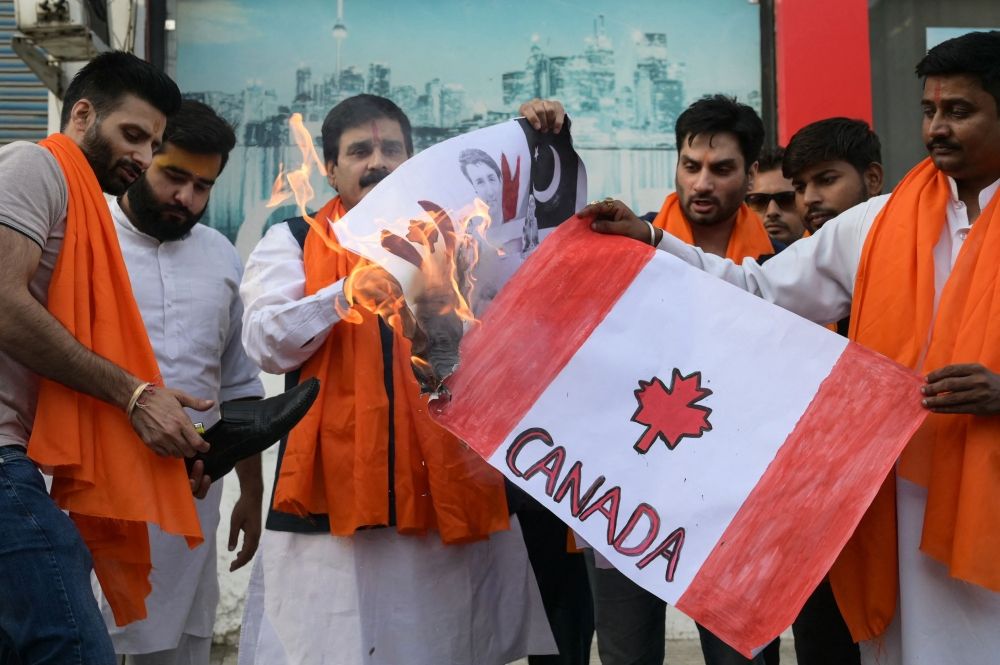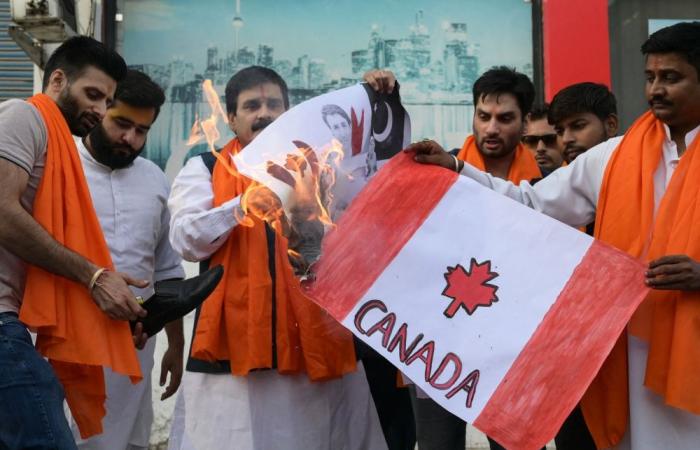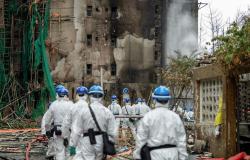Hello and welcome to the details of Why do some Sikhs want to form Khalistan? India-Canada diplomatic row shine spotlight on separatist movement and now with the details

Nevin Al Sukari - Sana'a - Indian policemen stand guard outside the entrance of the Canadian High Commission, in New Delhi on October 15, 2024. — AFP pic
NEW DELHI, Oct 17 — A furious diplomatic row between India and Canada has pushed an otherwise fringe separatist campaign for an independent Sikh homeland in Punjab into the international spotlight.
The “Khalistan” campaign dates back to India’s 1947 independence, and has been blamed for the assassination of a prime minister and the bombing of a passenger jet.
It has been a bitter issue between India and several Western nations with large Sikh populations.
New Delhi demands stricter action against the Khalistan movement, which is banned in India, with key leaders accused of “terrorism”.
What are the accusations?
Canada has alleged that India arranged the 2023 killing in Vancouver of a Khalistan campaigner, 45-year-old naturalised Canadian citizen Hardeep Singh Nijjar.
Four Indian nationals have been arrested in connection with the murder.
New Delhi, who wanted Nijjar for alleged terrorism offences, calls the allegations “absurd”.
In a separate case, in which New Delhi is cooperating, the United States has accused India of directing a 2023 failed assassination plot in New York.
The alleged target was another Khalistan campaigner, dual US-Canadian citizen Gurpatwant Singh Pannun.
The US State Department on Wednesday said India had told it that an intelligence operative accused of directing the plot was no longer in government service.
What is ‘Khalistan’?
Sikhism originated in northern India in the 15th century, drawing influences from Hinduism and Islam.
Its adherents make up less than two percent of India’s 1.4 billion people.
In Punjab however, a wealthy northern state with some 30 million people, Sikhs make up nearly 60 percent of the population.
Punjab was split in the bloody turbulence of 1947, when the former British-ruled Indian subcontinent was split along religious lines.
Muslims fled to newly-formed Pakistan. Hindus and Sikhs fled to India.
The wider Punjab region was divided by the new border, and suffered some of the worst violence.
Since then, some Sikhs have called for the creation of “Khalistan”, a separate Sikh nation carved out of Punjab.

Activists of Shiv Sena Taksali set on fire banners depicting Canada's national flag and Prime Minister Justin Trudeau during a rally along a street in Amritsar on September 23, 2023. — AFP pic
Why has India banned it?
In the early 1980s, charismatic Sikh fundamentalist Jarnail Singh Bhindranwale launched a violent insurgency in the name of establishing Khalistan.
In 1984, Bhindranwale and his heavily armed supporters barricaded themselves inside the Golden Temple, the faith’s holiest shrine in the city of Amritsar.
Hundreds were killed — including Bhindranwale, loyalists and hundreds of civilians — when the army stormed the temple.
Outraged Sikhs accused soldiers of religious desecration, and months later, then prime minister Indira Gandhi was assassinated by two Sikh bodyguards.
Thousand of Sikhs were killed in brutal reprisals.
Sikh leaders later hailed Gandhi’s assassins as martyrs, with their portraits adorning the museum at the Golden Temple.
What threat does it pose?
India’s army eventually suppressed the insurgency in Punjab in the early 1990s, but Khalistan supporters were accused of attacks outside the country.
Canada-based Sikh extremists were accused of carrying out the 1985 bombing of an Air India flight, killing 329 people.
Today, India swiftly clamps down on displays of support for Khalistan in Punjab, determined to stop those it fears want to revive the insurgency.
In 2023, Indian police arrested firebrand Sikh leader Amritpal Singh, who had returned to Punjab from abroad the previous year, and had begun preaching for a separate Sikh homeland.
Singh was caught after a weeks-long manhunt that saw mobile internet cut off for days in Punjab. He was elected to parliament in June, but remains behind bars.
Who supports it?
Its most vocal advocates today are among the large Sikh diaspora, particularly in Australia, Britain and Canada.
India has repeatedly complained to foreign governments about the activities of Sikh hardliners.
Last year, Indian consulates in Britain and the United States were vandalised by Khalistan supporters. — AFP
These were the details of the news Why do some Sikhs want to form Khalistan? India-Canada diplomatic row shine spotlight on separatist movement for this day. We hope that we have succeeded by giving you the full details and information. To follow all our news, you can subscribe to the alerts system or to one of our different systems to provide you with all that is new.
It is also worth noting that the original news has been published and is available at Malay Mail and the editorial team at AlKhaleej Today has confirmed it and it has been modified, and it may have been completely transferred or quoted from it and you can read and follow this news from its main source.






